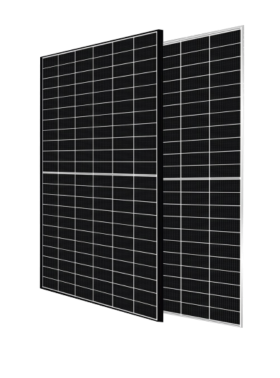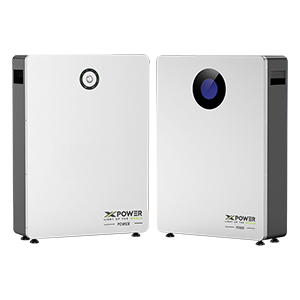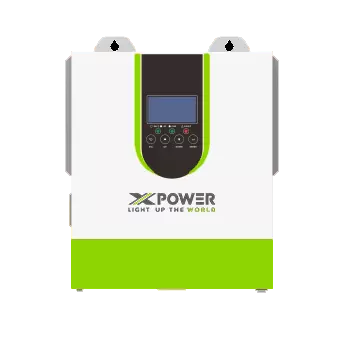Solar panel installation and maintenance
Time of Release : 2023-10-23
Introduction
Solar panels have become an increasingly popular alternative source of energy due to their many benefits. However, the installation and maintenance of these panels can be intimidating to those who are unfamiliar with the process. This article will provide a comprehensive guide to the installation and maintenance of solar panels.

Installation
The following are the steps involved in the installation of solar panels:
Step 1: Site Selection
The first step in the installation of solar panels is to choose an ideal site for the panels. The best site for the installation of solar panels is one that receives maximum sunlight during the day. The solar panels should be installed in a location that is free from shade or any other obstruction that could block sunlight.
Step 2: Mounting the Panels
Once you have identified the ideal location for the solar panels, the next step is to mount them. Depending on the type of roof you have, there are different mounting options available. The most common mounting options include flush mounts, tilt mounts, and pole mounts.
Step 3: Wiring and Connections
After mounting the panels, the next step is to wire them and connect them to the inverter. A qualified electrician should perform this step to ensure that the wiring and connections are performed safely and correctly.
Step 4: Inverter Installation
Once all the panels are wired and connected, the next step is to install the inverter. The inverter is responsible for converting the direct current (DC) generated by the solar panels into alternating current (AC) that can be used to power your home.
Maintenance
Proper maintenance of solar panels is essential to ensure that they continue to produce maximum energy. The following are some tips for maintaining your solar panels:
Tip 1: Regular Cleaning
Regular cleaning of the solar panels is essential to remove any dirt or debris that may have accumulated on the panel’s surface. Dirty panels can significantly reduce the amount of energy produced.
Tip 2: Monitoring
Monitoring the performance of your solar panels is essential to identify any issues that may affect their efficiency. You can use a monitoring system to track the amount of energy produced by the panels.
Tip 3: Check for Damage
It is essential to regularly inspect your solar panels for any damage that may have occurred. Any damage, such as cracks, can significantly reduce the efficiency of your panels. Any issues with the panels should be addressed promptly to avoid further damage.
Conclusion
Proper installation and maintenance of solar panels are essential to ensure that they continue to produce maximum energy. If you are unfamiliar with the process, it is best to consult with a qualified professional to install and maintain your solar panels. By following the tips provided in this article, you can ensure that your solar panels operate efficiently and provide you with an excellent alternative source of energy.





